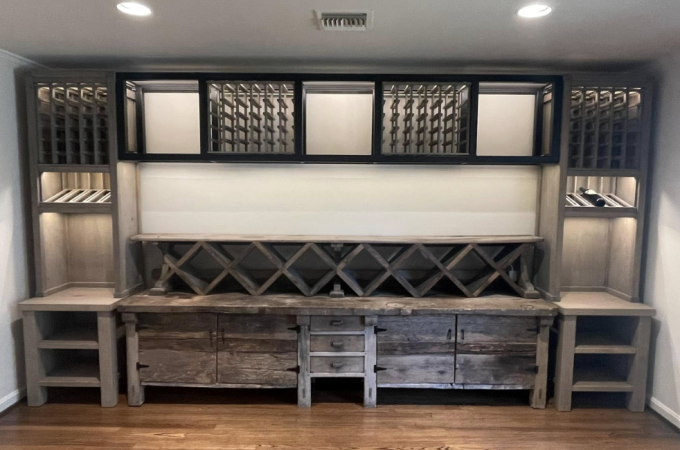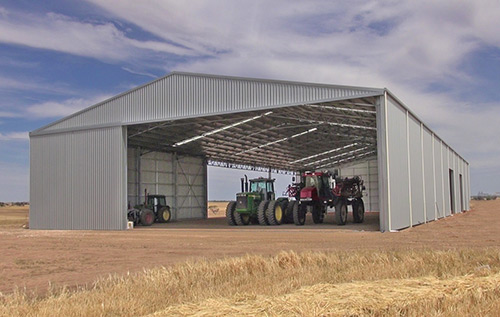
Categories and Applications of Metal Stitching Screws
A screw can simply be understood as an integration of various simple machines. It is essentially a type of inclined plane which is wrapped all-around a central shaft having a sharp pointed tip. It is put to use along with the bolt as a mechanical fastener. They are utilized for metalocking systems, and you can get various designs and structural types that have the right joint strength with the help of the rivet head and thickness.
A self-stitching or a self-drilling screw is metal constructs which have identical design characteristics to a drill or any other cutting tool. Such metal constructs do not entail a pilot hole to perform its role as a fastener.
Much akin to any other cutting aids, the common task of these self-stitching screws is controlled by certain factors such as feed rate, cutting speed, depth of the cut required and the form of the surface or the material to be connected.
Uses Self-Stitching Screws
The self-stitching screws are used in a variety of ways.
· These metal constructs are used for a plethora of fabrication and construction business- from assembling machines to metal roofing.
· Self-stitching screws designed specifically for metal roofing are generally drafted with washer in order to establish a tight seal during fastening. This is the reason why these screws are used in building cladding, construction, and for working with roofing sheets to a large extent.
· These metal constructs have resulted in the dropping out of an additional step of making pivot holes prior to the insertion of the screws.
· It is seen that a wide range of products requires metal sheets. The introduction of the self-stitching screws makes sure of a tight connection when these metal sheets are joined.
· Self-stitching or self-drilling screws are known for cutting through heavy metals as their heads are designed in a special manner to reduce the torque and add on to their holding capacity.

The Procedure of Making Self-stitching Screws
An important prerequisite for the manufacturing of these sorts of screws involves the use of high tensile metal wires. The wire which is picked for the production of self-stitching screws is usually hard. Generally, wire made of 410 stainless steel is used which is resistant to rust and corrosion.
The first step in the process of producing these screws is to cut the wire straight to the desired length.
After cutting the wire, it is put into the heading machine where it is performed and recoloured.
The screws are then arranged in a vertical row and they are treated in a furnace, where the impurities are removed and the desired hardness of the screw is achieved. The right screws for fixing hardware, safety materials and workwears in metal components are now available in multiple designs, and shapes, so that fixing and fastening become easier.
Categories of Self-Drilling or Self-Stitching Screws
A diversity of Self-Drilling screws is available in the market, such as
· Bulge Head Screws,
· Cement Broad Screws,
· Eye Lags Screws,
· Flat Head Self-Drilling Screws,
· Hex Head Self-Drilling Screws,
· Truss Self-Drilling Screws,
· Oval Self-Drilling Screws,
· Pan Head Self-Drilling Screws,
· Button Head Self-Drilling Screw,
· Binding Self-Drilling Screw.
Conclusion
It can be inferred that self-stitching or rather self-drilling screws are efficient tools for fastening two surfaces, thereby enhancing their performance. The selection of the material for making such screws is extremely important as this would directly affect the efficacy of the screws. It should be always kept in mind that these screws should be handled with extreme care. Now you can buy screws and fasteners online also, there are zinc button screws, galvanized button screws, galvanized hex stitching screws and black and white button stitching screws.





